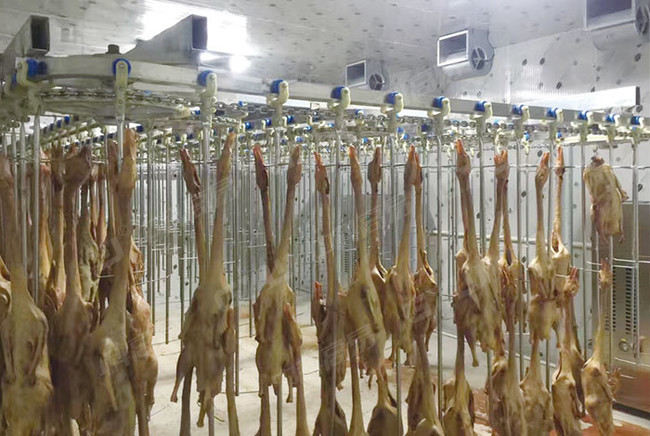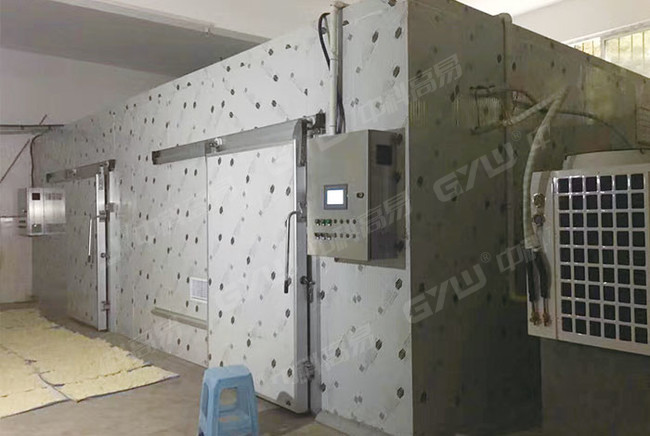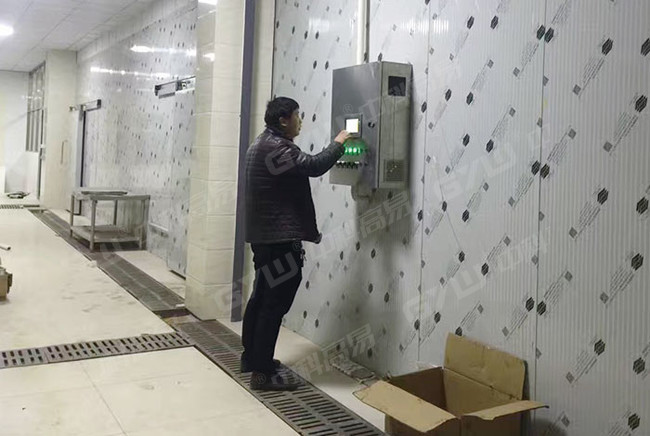- Home
- Cold Room Project
- Food Cold Storage / Drying Warehouse
Food Cold Storage / Drying Warehouse
Food grade cold room serve as an invaluable link between the fields of the farmer, the processor, the retailer, and finally the consumer. These specialized storage facilities must undergo rigorous evaluation and adhere to precise guidelines in order to continue operation.
Food grade warehouses are separated by type. Some of the most common include:
- Cold or frozen storage
- Dry storage
- Chilled or refrigerated storage
These food-grade warehouses are focused on maintaining proper health and sanitation in order to protect the food within. As such, a warehouse building cannot have:
- Leaks in the roof, walls, or edges of the foundation.
- Weeds, standing water, trash, or rodent tracks/burrows around the perimeter of the building.
- Cleaning agents, pesticides, and other chemicals in the vicinity of the general storage area with food products.
- Holes in the windows or the window frames.
- Damage to the exterior of the building such as cracks, holes, open pipes, etc.
There also should be measures in place to make sure not store any products within the warehouse that can cross-contaminate other product due to their odor. Food packaging is sensitive to odors and can be absorbed, so what inventory is actually in the building is something most food customers take into consideration when choosing their 3PL.
As further safeguarding against food damage or contamination, food grade warehouse facilities function within four main principals known as the McKenna’s 4 Principles for Food Grade Storage. These principals are as follows.



Personal Hygiene And Training
This principal dictates that all employees of food grade storage warehouses must wash their hands with company-supplied soaps in sinks equipped with hygienic drying systems. Records of new employee training in the areas of food safety, personal hygiene, quality awareness, incident and crisis management, as well as traceability must be kept and updated.
Pest Control
Substances to ensure the prevention of pests such as rodents, insects, birds, ants, and other animals must be placed around the perimeter of the building. Updates to the pest control routine and any changes must be noted quarterly.
Sanitation Schedule
The warehouse facility must be properly cleaned and kept tidy at all times. All cleaning and housekeeping within the warehouse must be thoroughly documented, and the records are to be available whenever prompted.
Lot Traceability
And finally, the warehouse must have a system in place for tracing lot and date codes of products to ensure a “first in, first out” method of inventory rotation.
These four principals and the strict quality control standards ensure that the food items within will never be jeopardized. If you would like to learn more about warehousing, we invite you to contact us to discuss your food grade warehousing needs.
Trust ZKGY cold room factory for Your Food Grade Warehousing Needs
When it comes to your food supply chain management, you need streamlined food warehousing with the best grocery distribution centers you can find—that’s exactly the kind of food service warehouse solution you’ll find at ZKGY manufacturer.
Contact us for a quote today.
